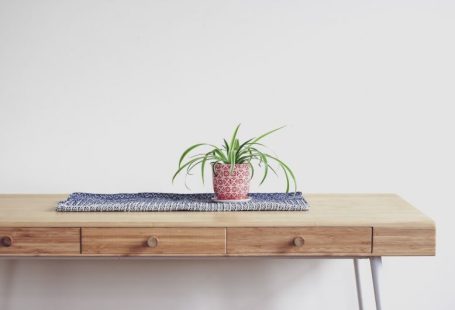Scandinavian Flat-plane Carving: A Timeless Craft
For centuries, the art of Scandinavian flat-plane carving has captivated artisans and enthusiasts alike with its unique style and simplicity. Originating in the Nordic regions, this traditional carving technique involves the creation of wooden figures using a few basic tools and an eye for detail. The beauty of Scandinavian flat-plane carving lies in its minimalist aesthetic and the skillful craftsmanship required to bring each piece to life.
The Origins of Scandinavian Flat-plane Carving
Scandinavian flat-plane carving has its roots in the rural communities of Sweden, Norway, and Denmark, where it was practiced as a form of folk art and functional craft. The technique is characterized by its use of simple, flat planes and bold, exaggerated features that give each figure a distinct and expressive quality. Originally used to create practical objects such as spoons, bowls, and tools, flat-plane carving evolved into a decorative art form that is now celebrated for its charm and character.
Tools of the Trade
One of the defining features of Scandinavian flat-plane carving is the limited number of tools required to create intricate and detailed pieces. Artisans typically use a carving knife, gouge, and a small hatchet to shape the wood and bring their designs to life. The use of these basic tools allows for greater control and precision, resulting in figures that are both visually striking and structurally sound.
Techniques and Style
The hallmark of Scandinavian flat-plane carving is its emphasis on simplicity and clean lines. Artisans use a combination of sweeping cuts and bold strokes to carve away layers of wood, revealing the figure hidden within. The technique involves carving in the direction of the wood grain, which creates a distinctive texture and adds depth to the finished piece. Each carving is then sanded and polished to a smooth finish, enhancing the natural beauty of the wood and highlighting the intricate details of the design.
Themes and Inspiration
Scandinavian flat-plane carving often draws inspiration from nature, folklore, and everyday life in the Nordic regions. Artisans create figures of animals, people, and mythical creatures, each imbued with a sense of whimsy and charm. Common motifs include horses, trolls, and roosters, which reflect the cultural heritage and traditions of the region. The use of bold colors and traditional patterns further enhance the storytelling aspect of flat-plane carving, making each piece a unique and cherished work of art.
Preserving a Time-honored Tradition
In an age of mass production and digital technology, the art of Scandinavian flat-plane carving stands out as a testament to the enduring appeal of handmade craftsmanship. Artisans continue to practice this traditional technique, passing down their skills and knowledge to future generations. The beauty of flat-plane carving lies not only in its visual appeal but also in the connection it fosters between the artisan, the material, and the finished piece.
Celebrating the Artistry of Scandinavian Flat-plane Carving
Scandinavian flat-plane carving is more than just a craft—it is a living tradition that speaks to the creativity and ingenuity of its practitioners. By embracing the simplicity and elegance of this art form, artisans create timeless pieces that resonate with collectors and admirers around the world. Whether depicting a whimsical creature or a familiar scene from everyday life, each carving tells a story and invites viewers to appreciate the beauty of handmade artistry.





